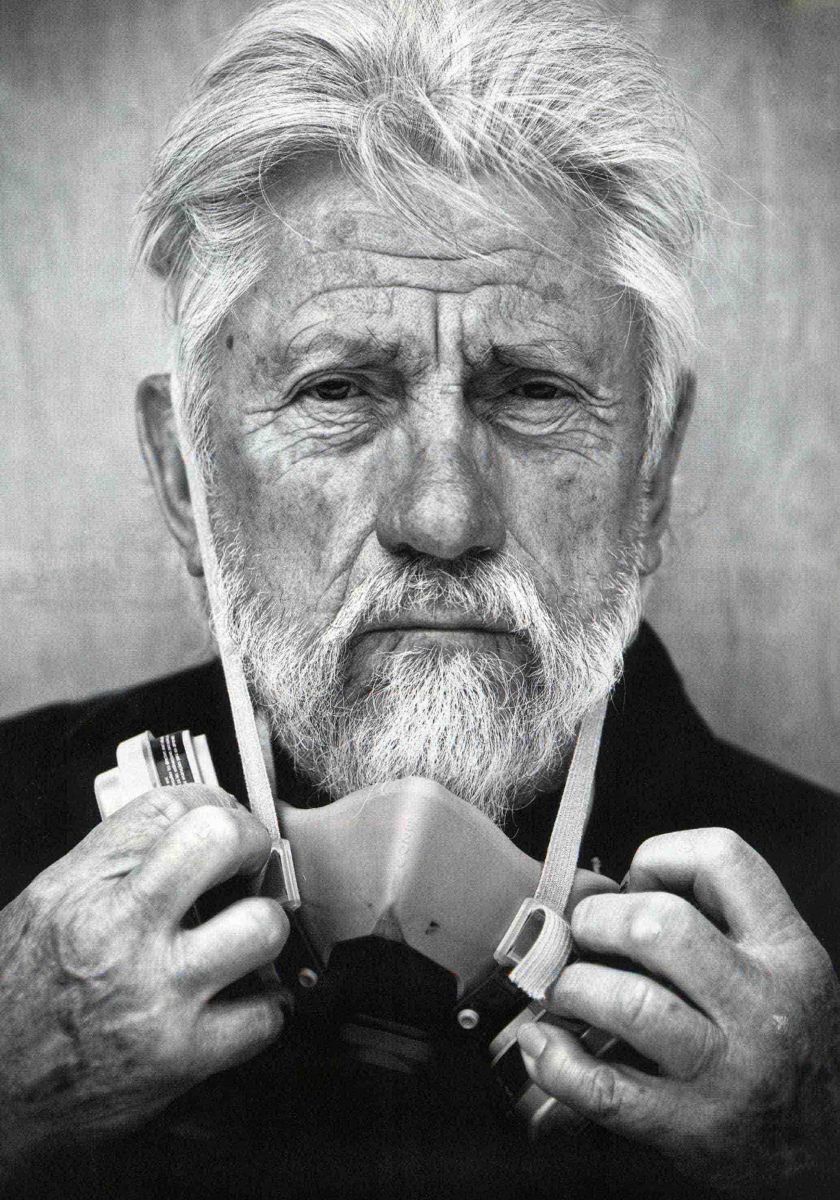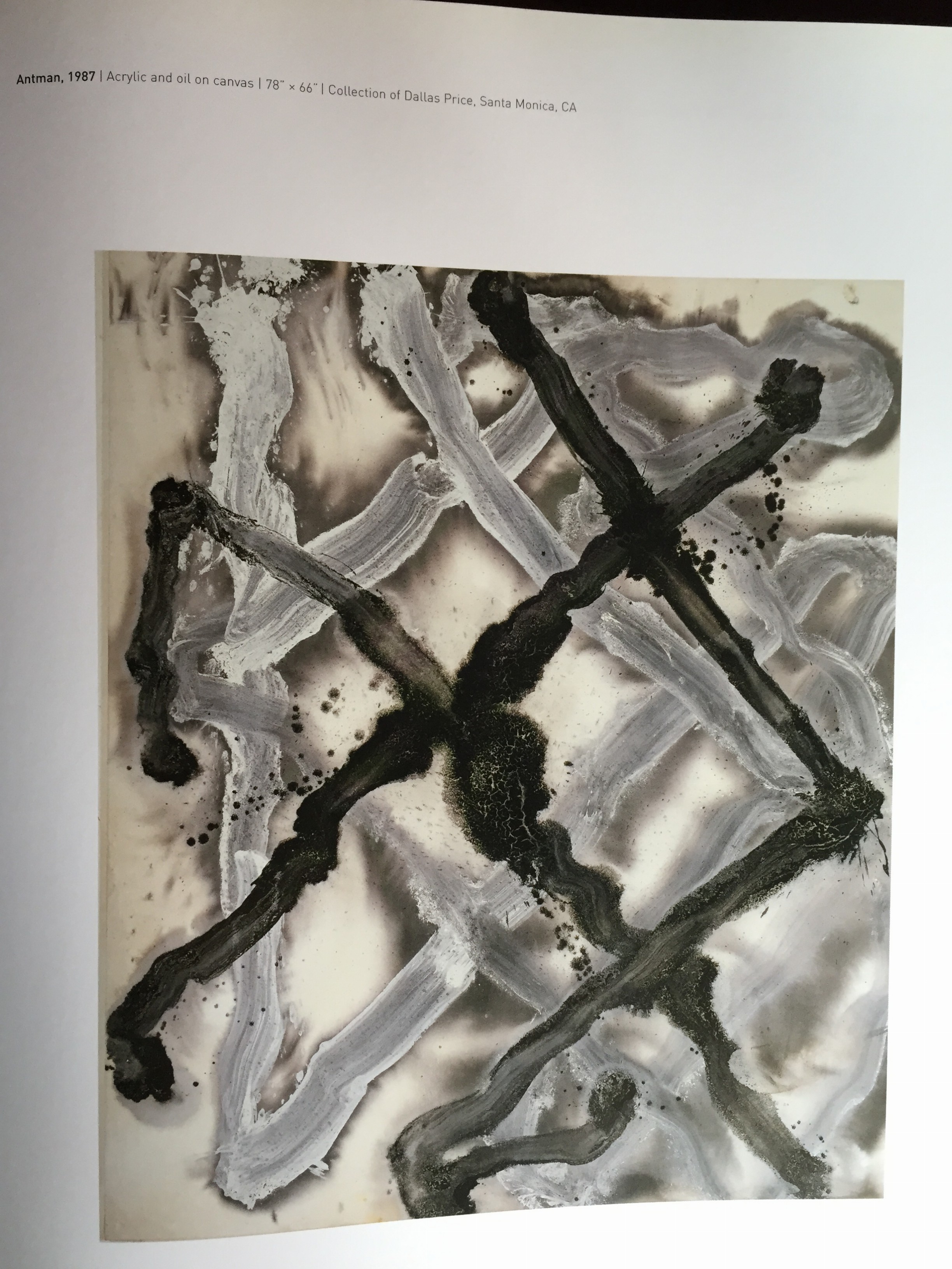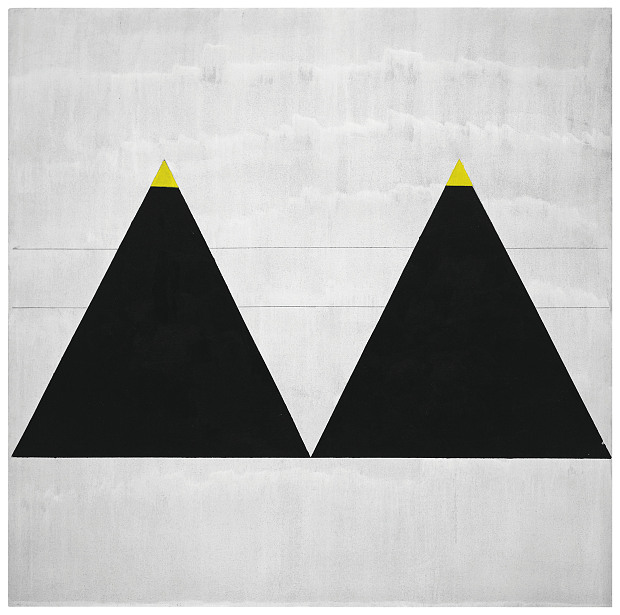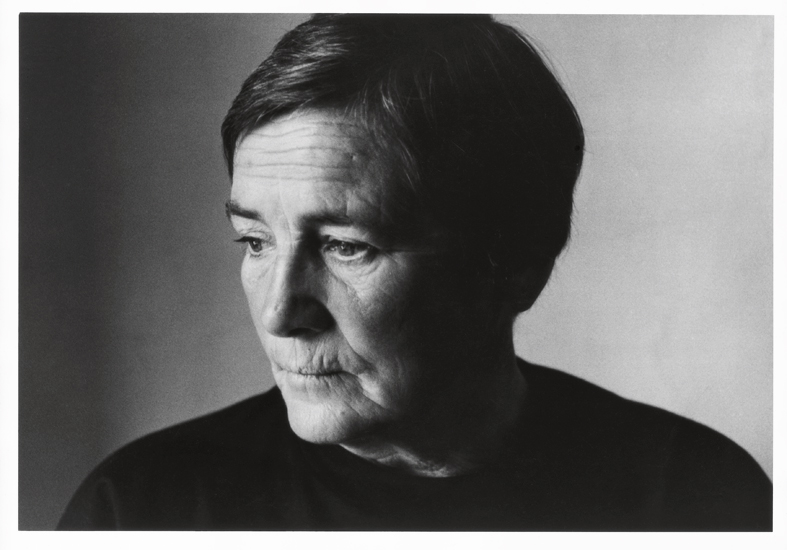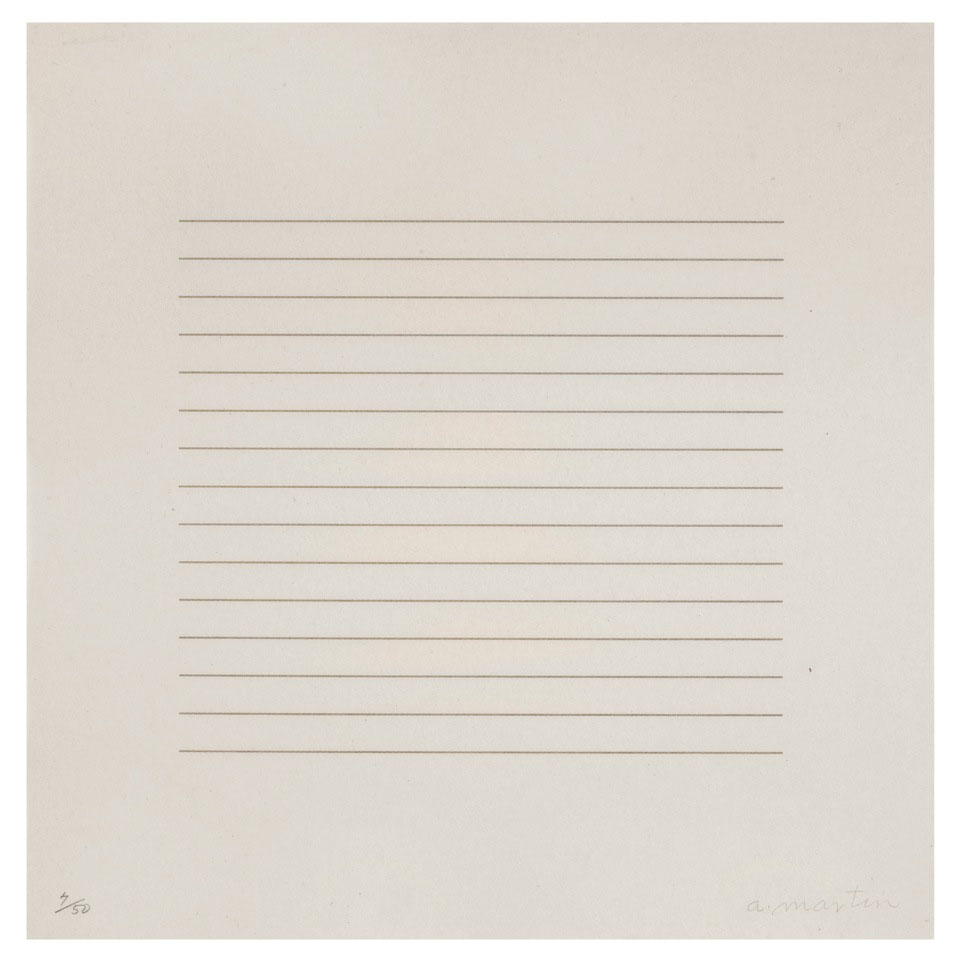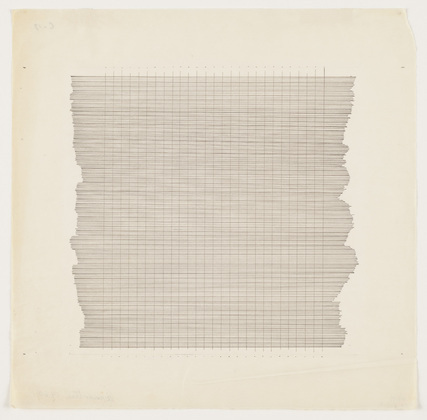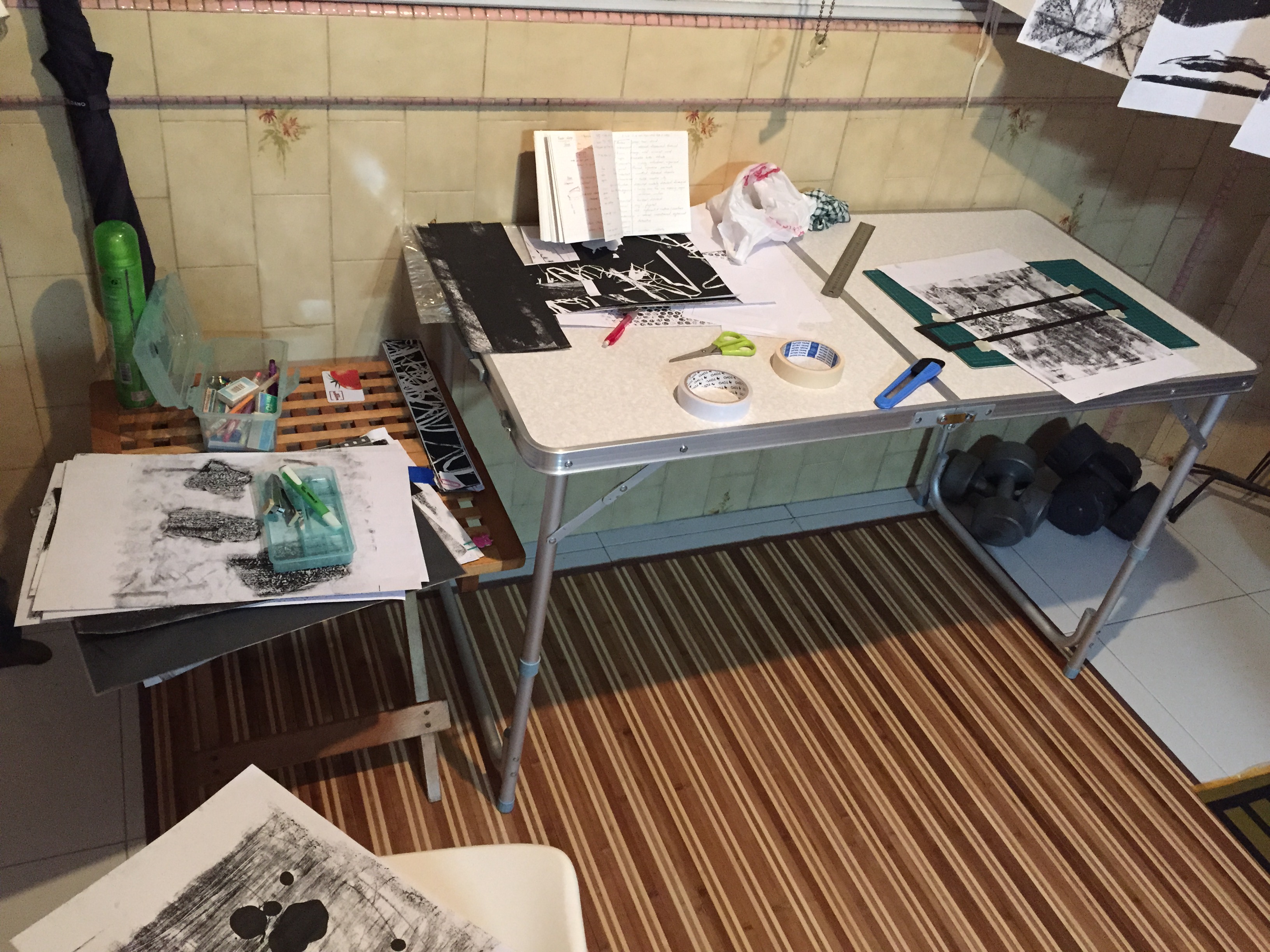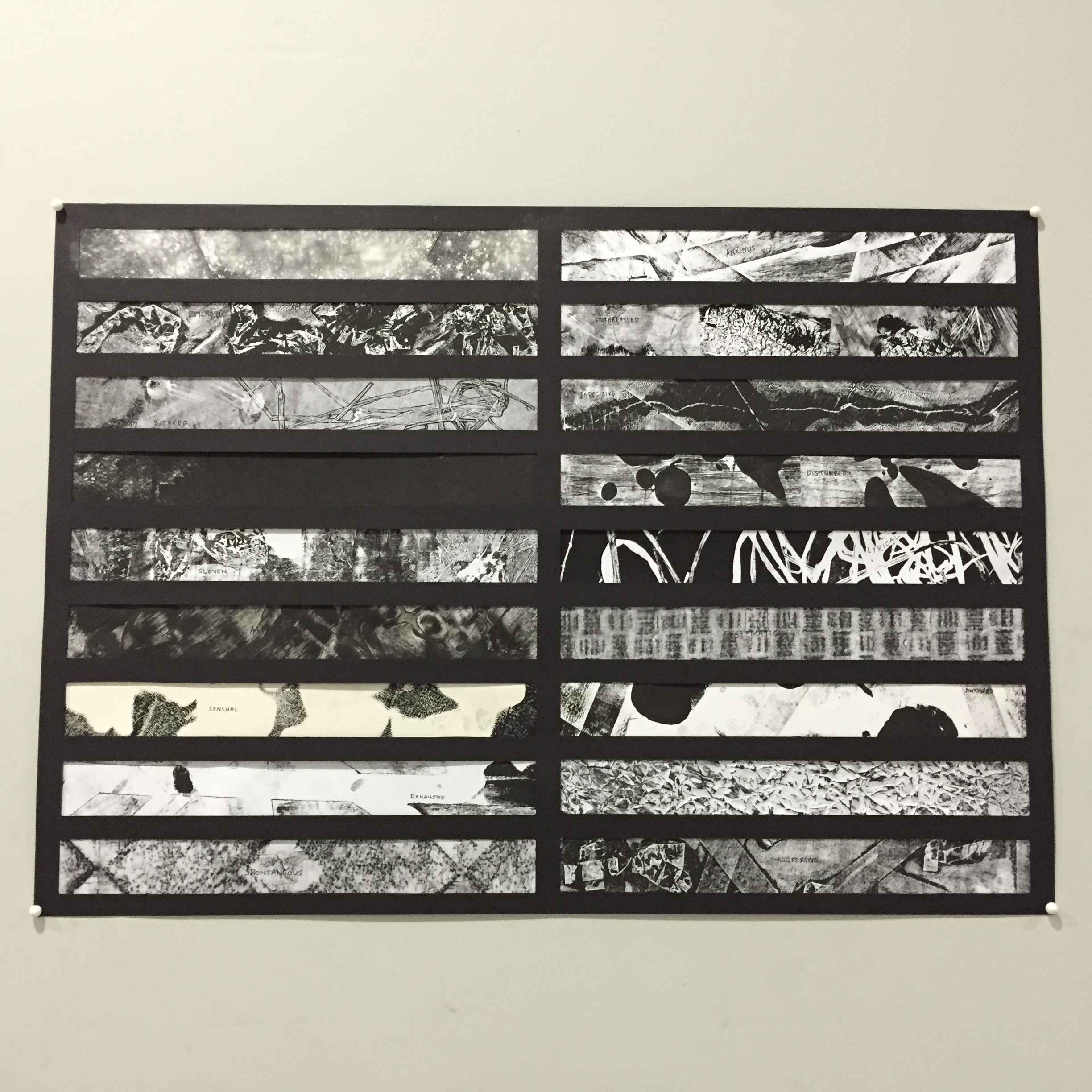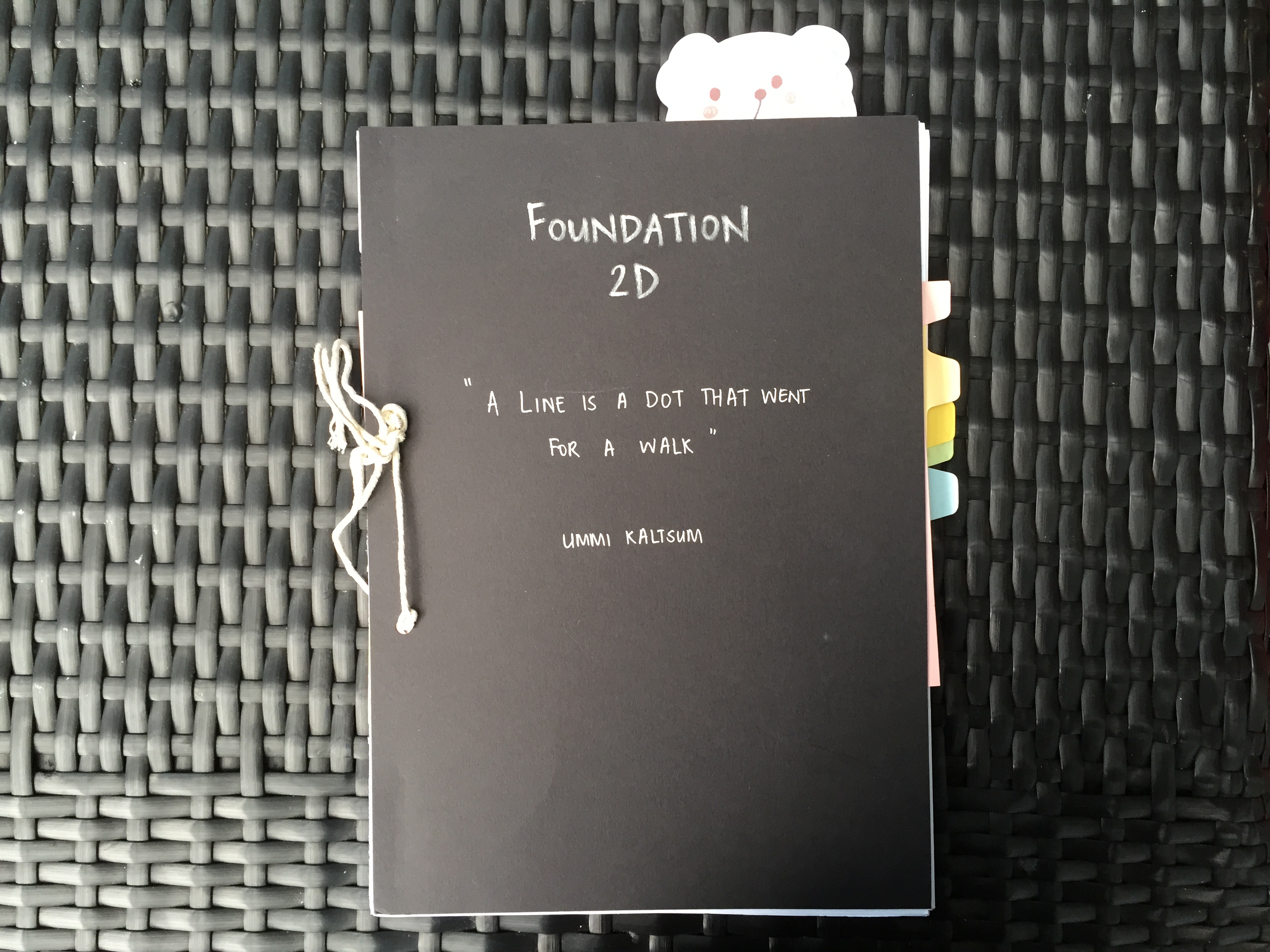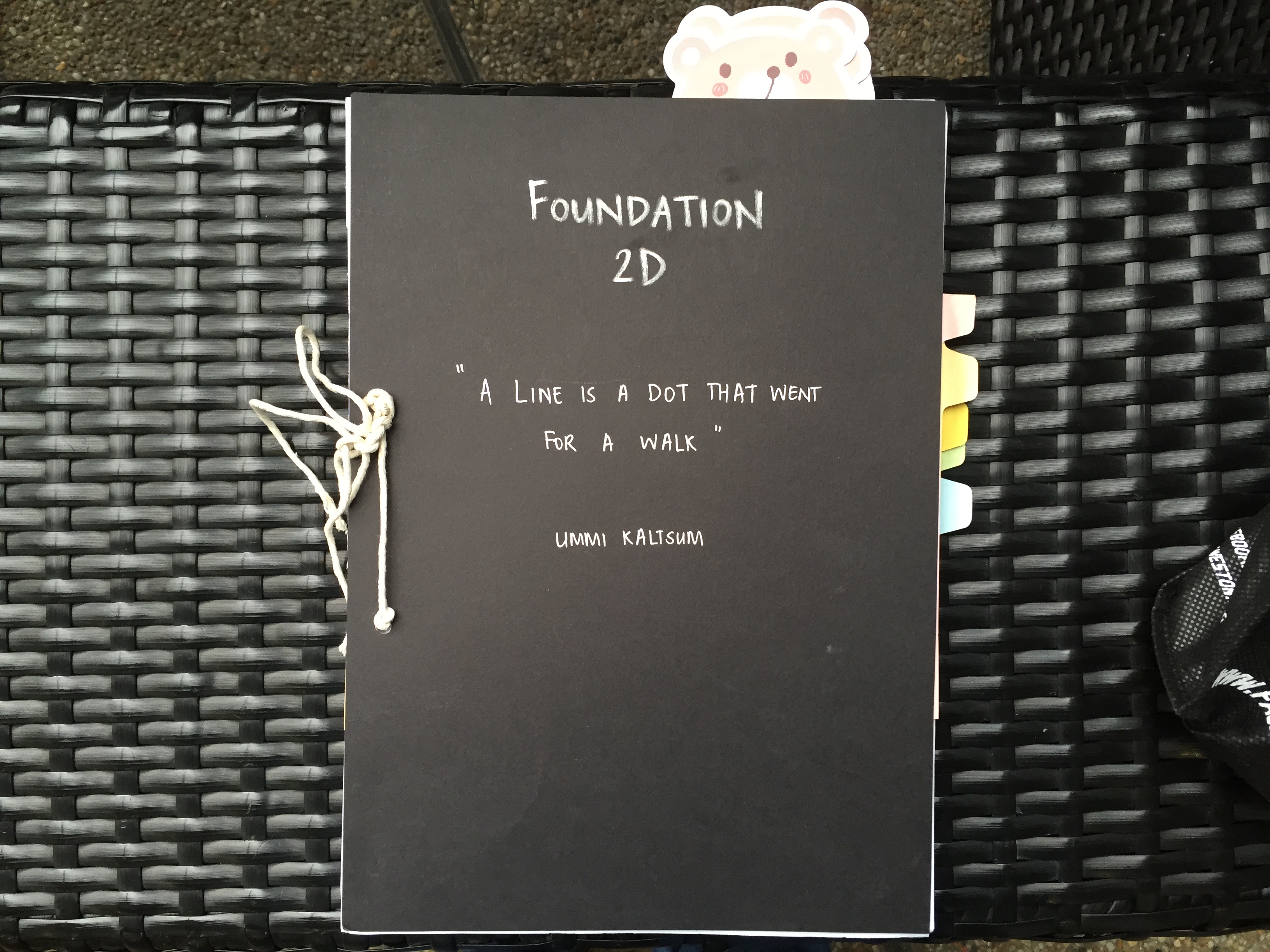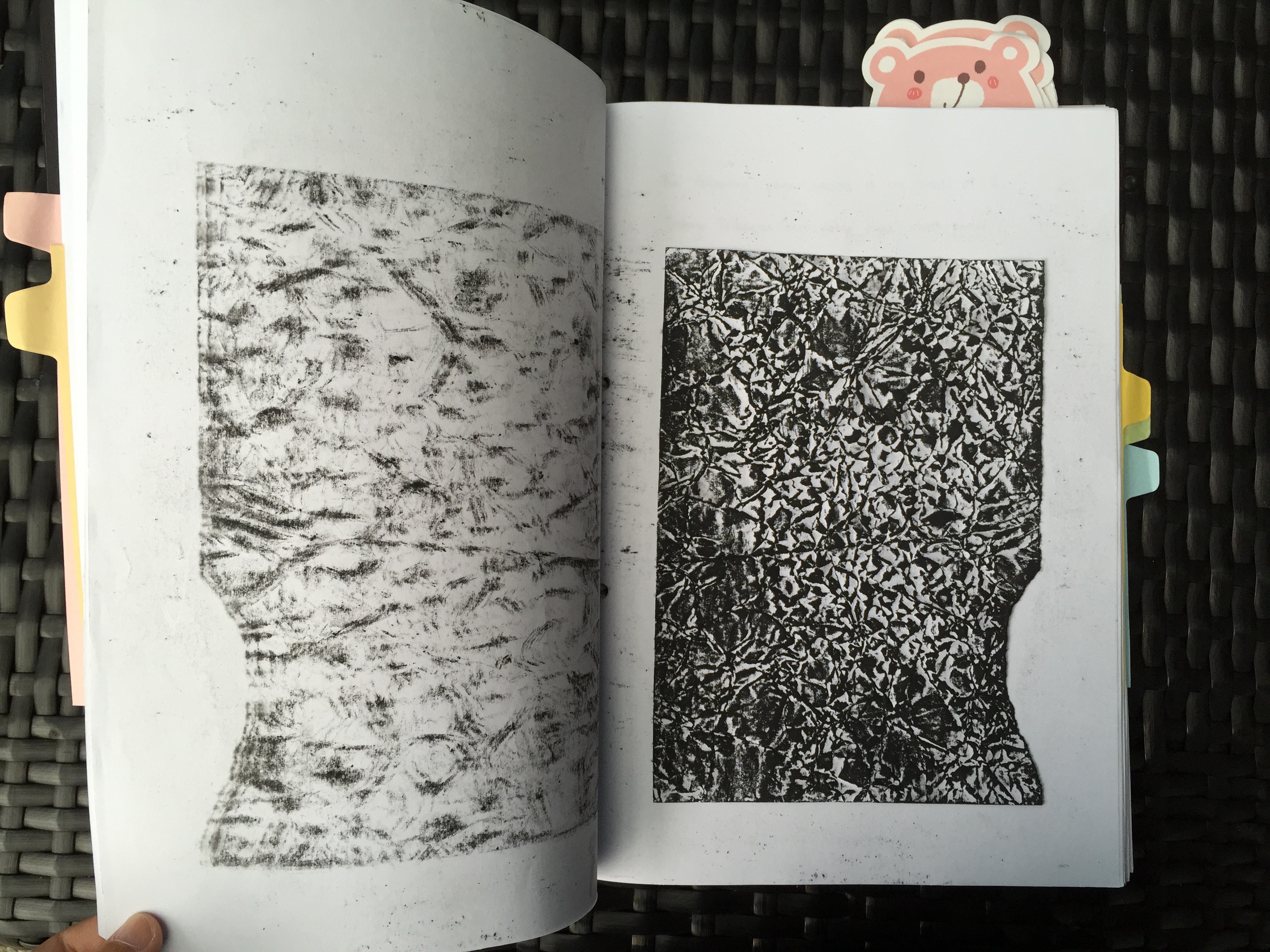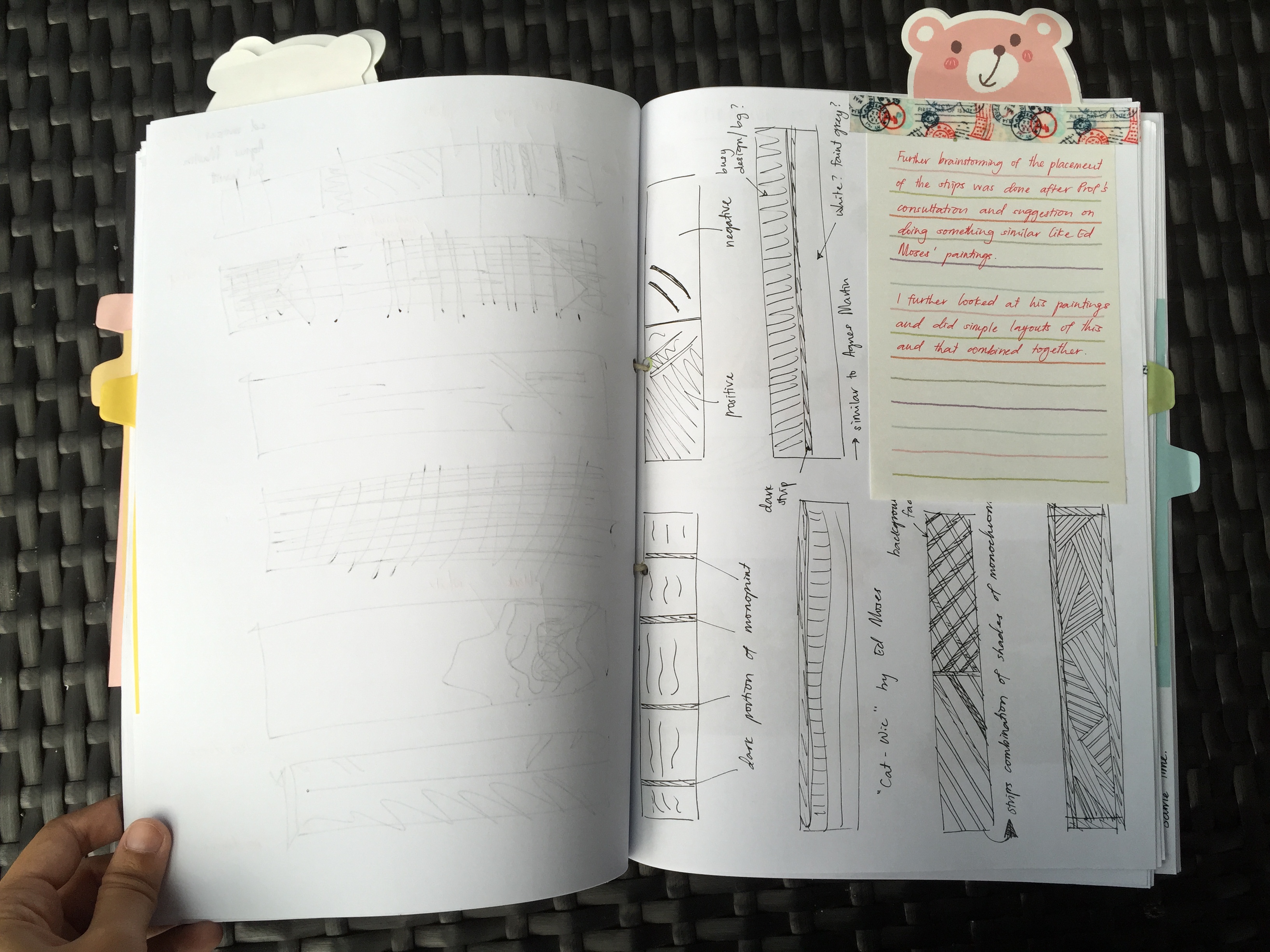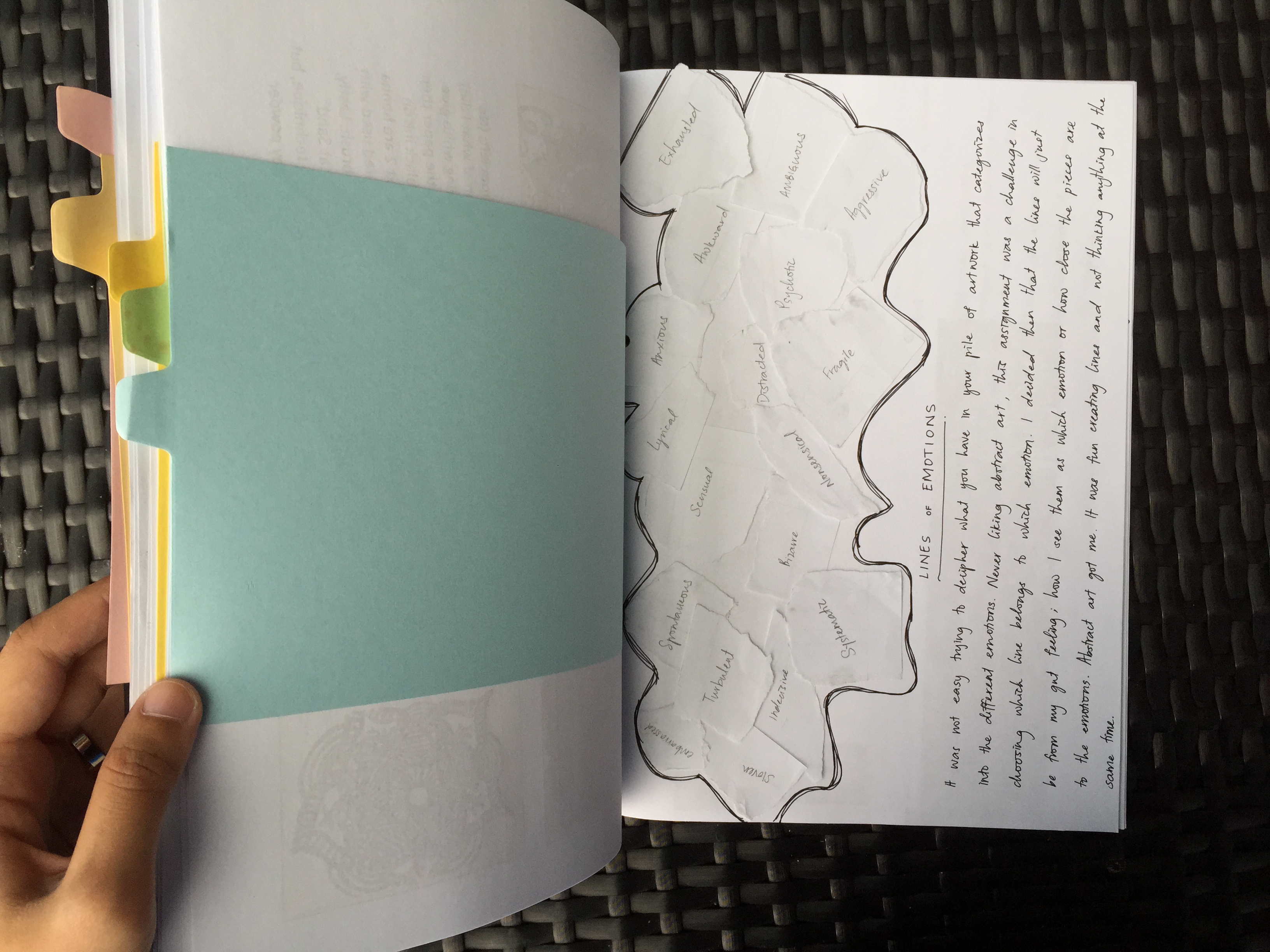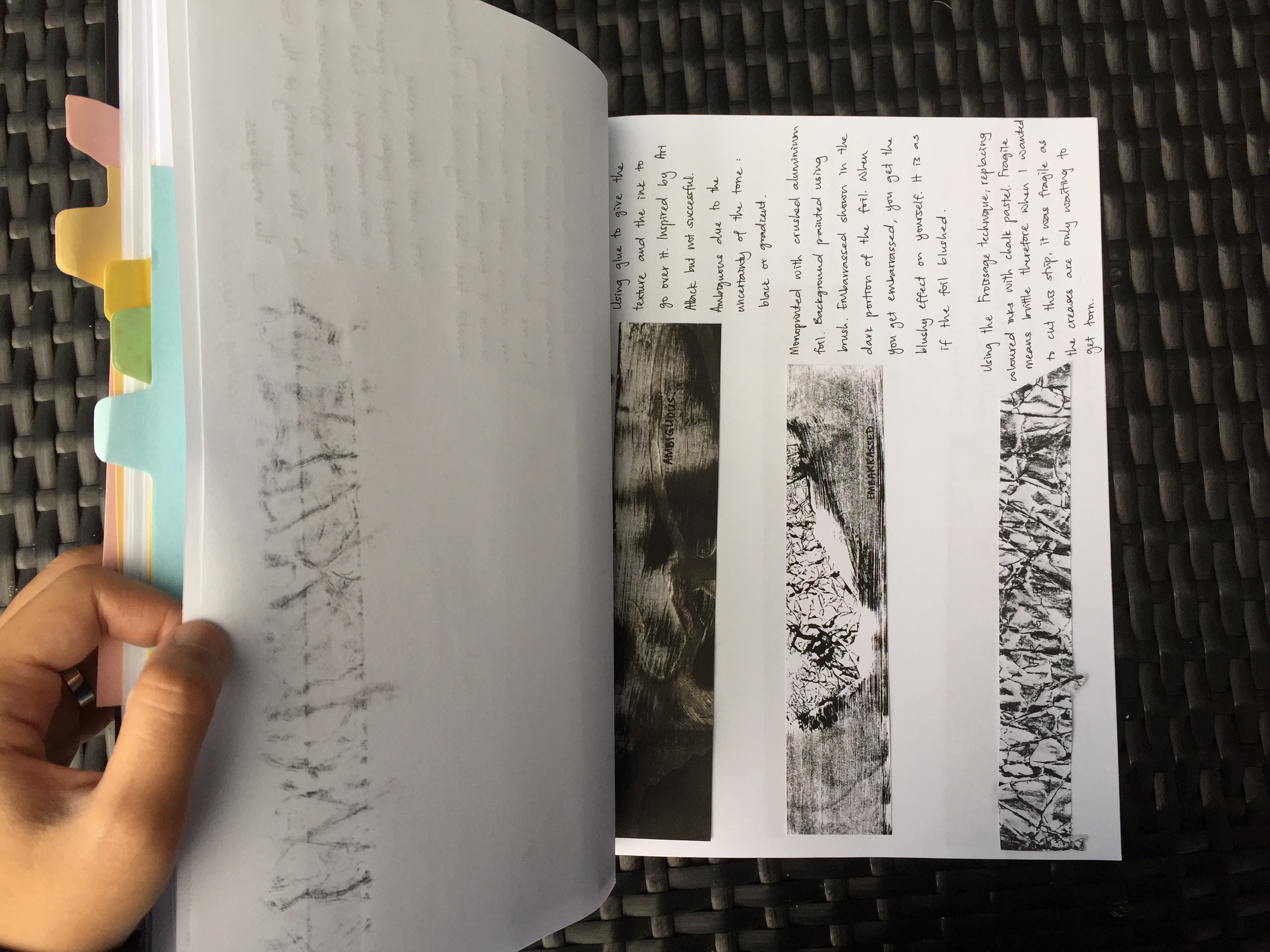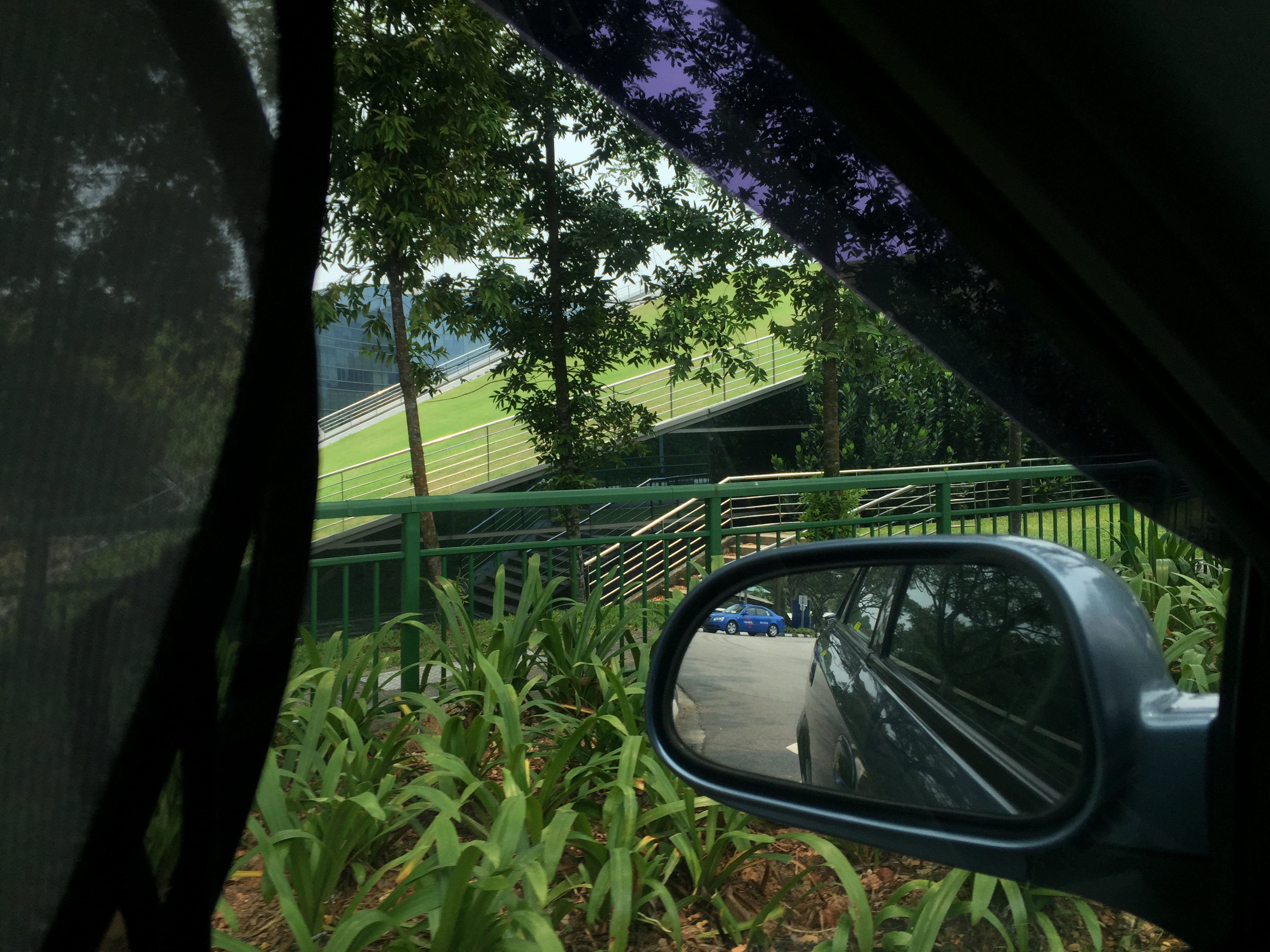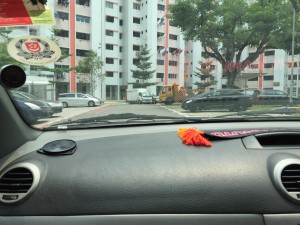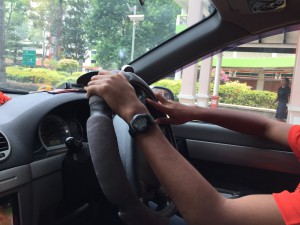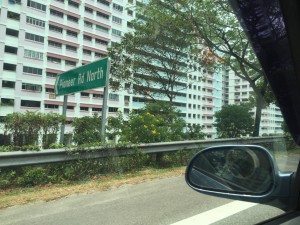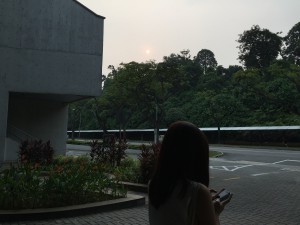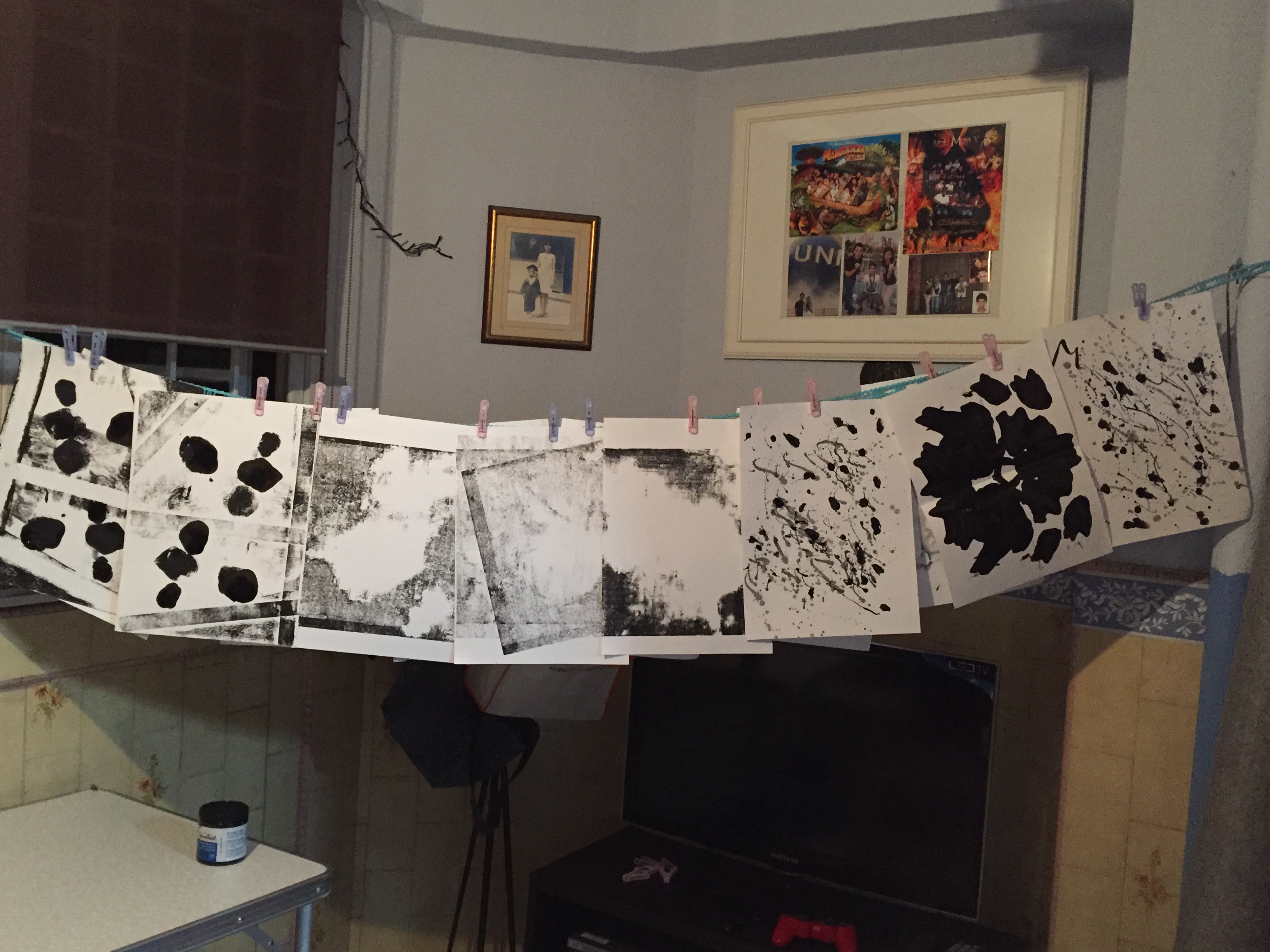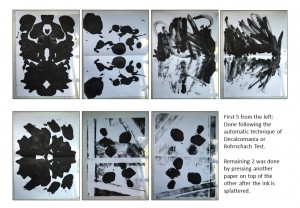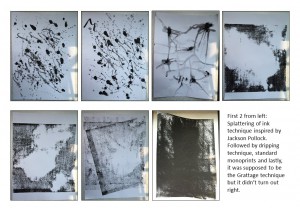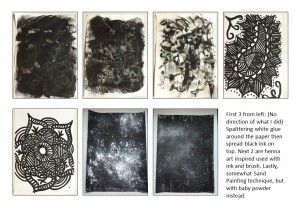(This video is my first cut on the journey I’ve chosen. Some audio that I’ve recorded have not been put in here — that explains the silence at some part.)
*krik krik.. title sounds too long*
When we were given the assignment…. “Still images into a video?”
Not much ideas flowed into my mind, except for the common journey to school, journey of travelling etc. Initially I wanted to mix my ‘journey to school by car’ and ‘journey to school by public transport’ together and then finishing with the ‘journey back home from school by public transport’.
Howeverrrrrr, I didn’t really know how it will turn out so I just focused on my normal to and fro school by public transport. When I took these images, I admit that I felt it was abit mundane…… Knowing there wasn’t anything fancy or interesting to show.
Consultation with Prof, he mentioned to have different audios along the journey to school. For example, while waiting for the traffic light to welcome the green man, what interesting conversation was there by people around me? Or, in the bus, what interesting convo was there? The sound of the television heard from outside the house just as I reach the corridor?
And with those comments from Prof, I actually tried to capture some of the sounds/audios as much as possible.
*Recent comment from Charlene was to include what I see (strange or interesting things) while I am on the way to school. Those little things that peak hour people rushing to work would not notice. And so I shall set another mission for myself this recess week — hoping that I’d have enough time before the consultation the following Tues.*
(I feel — or more of I know — that this area is not my expertise, do feel free to comment on what to improve and what I should take away or something like that. Thank you!)
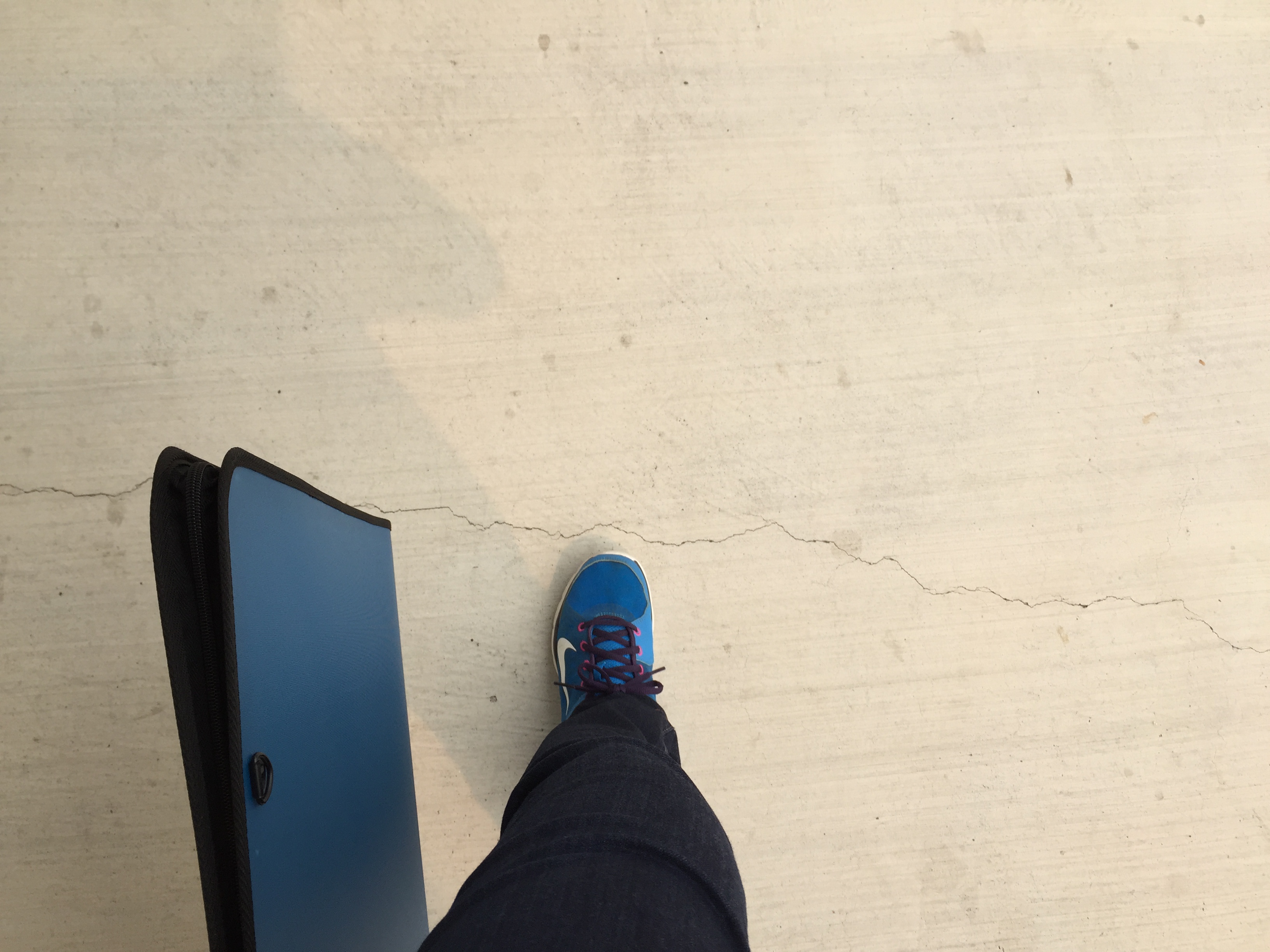
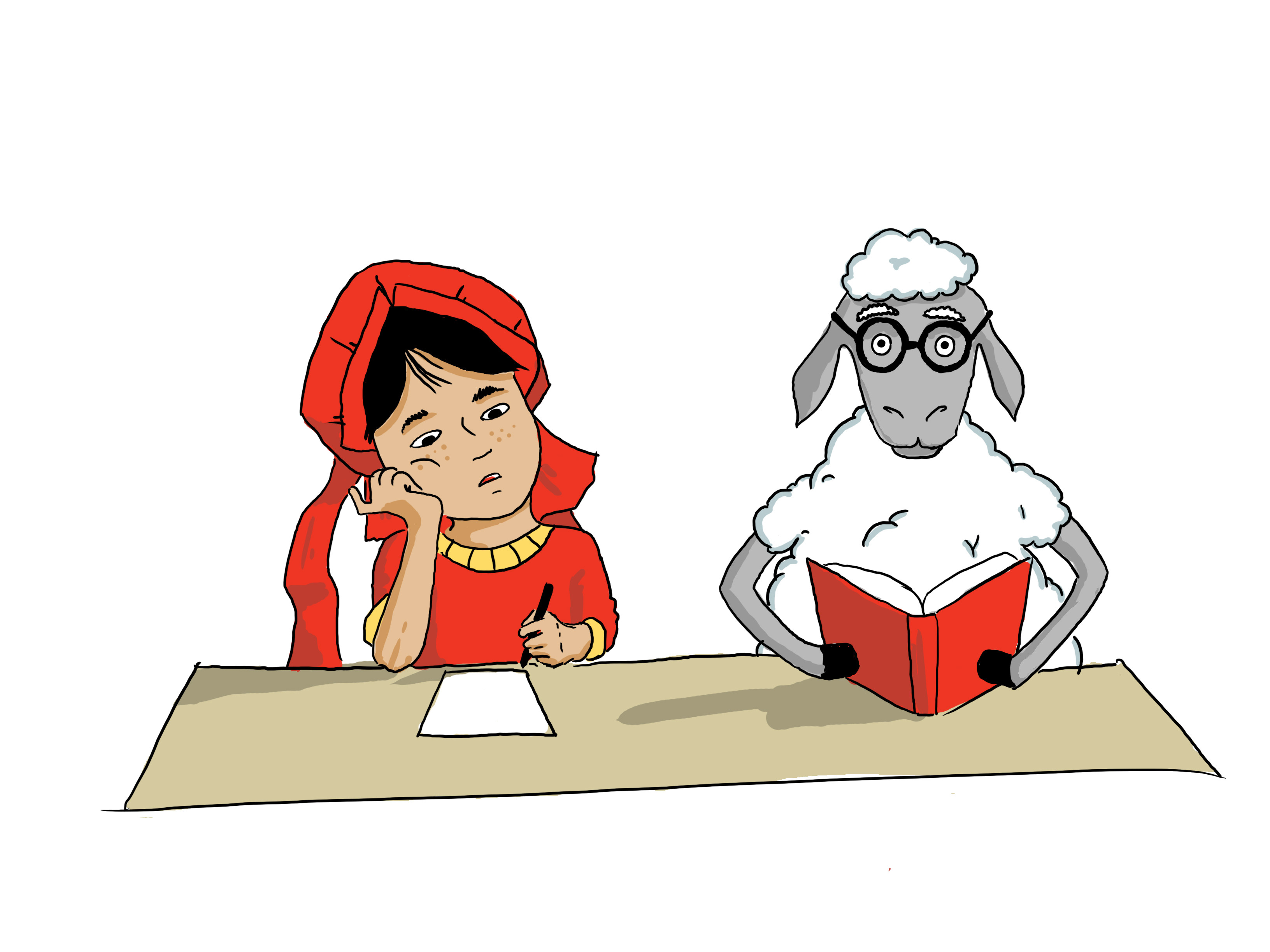
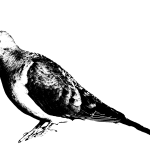
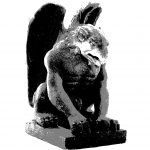
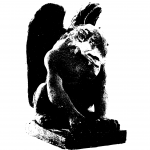
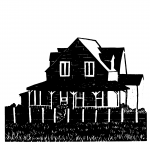
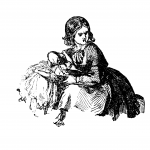

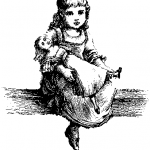
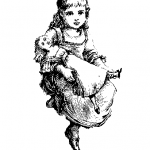
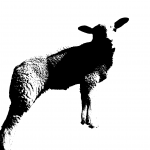
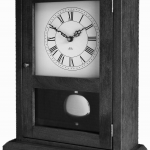
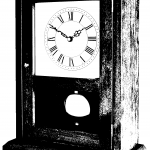
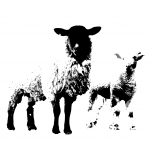
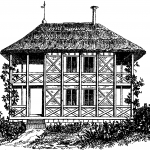
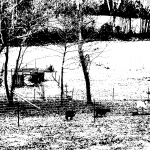
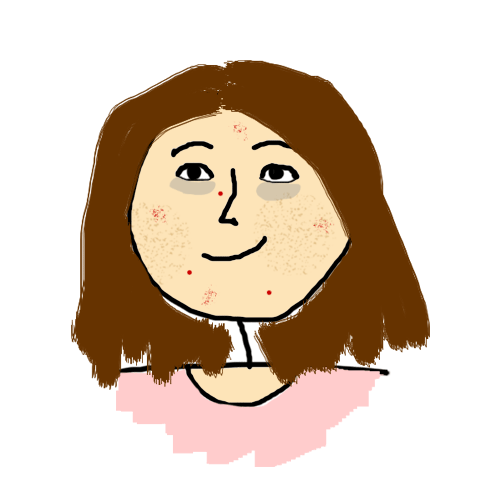

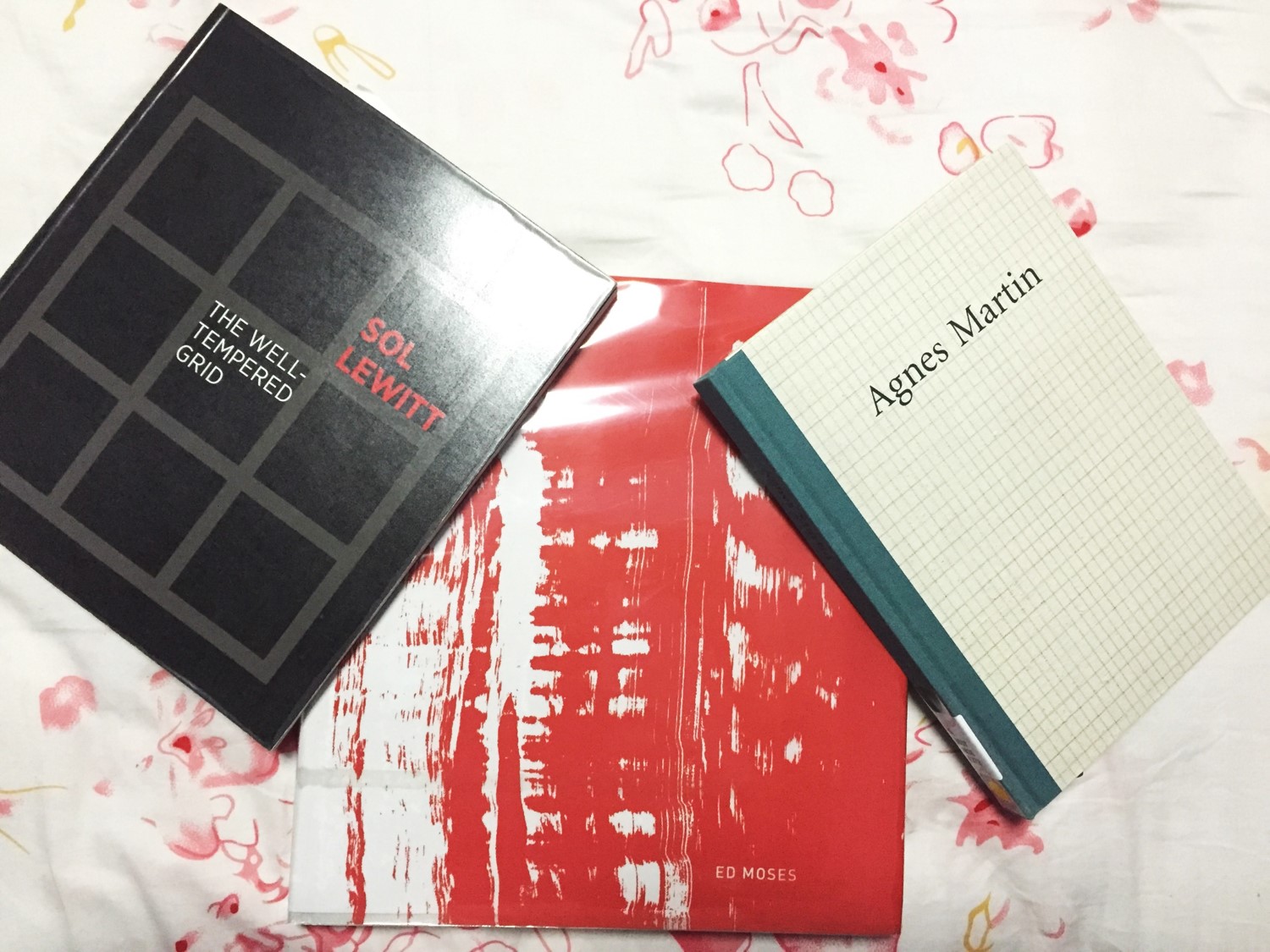
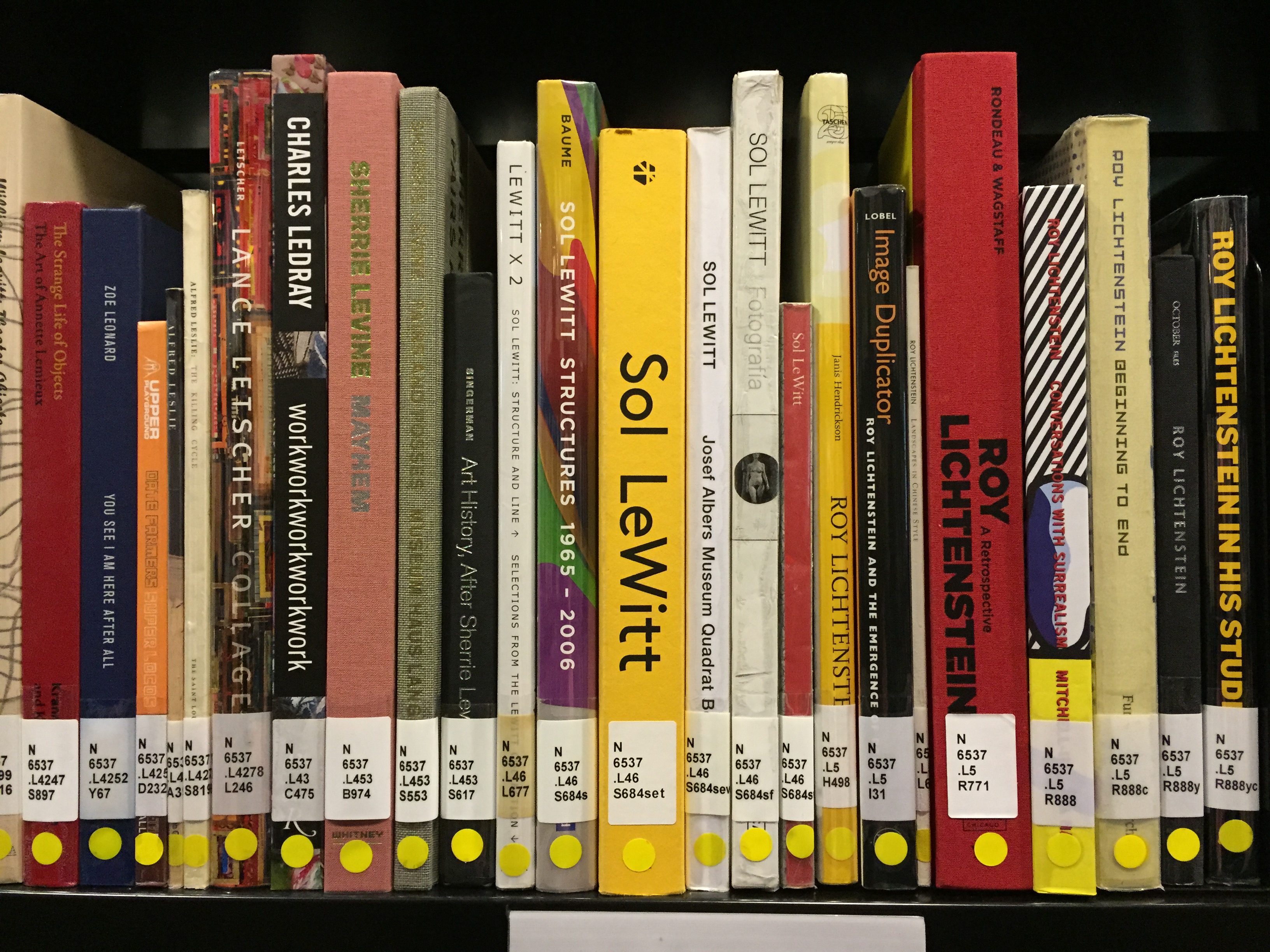
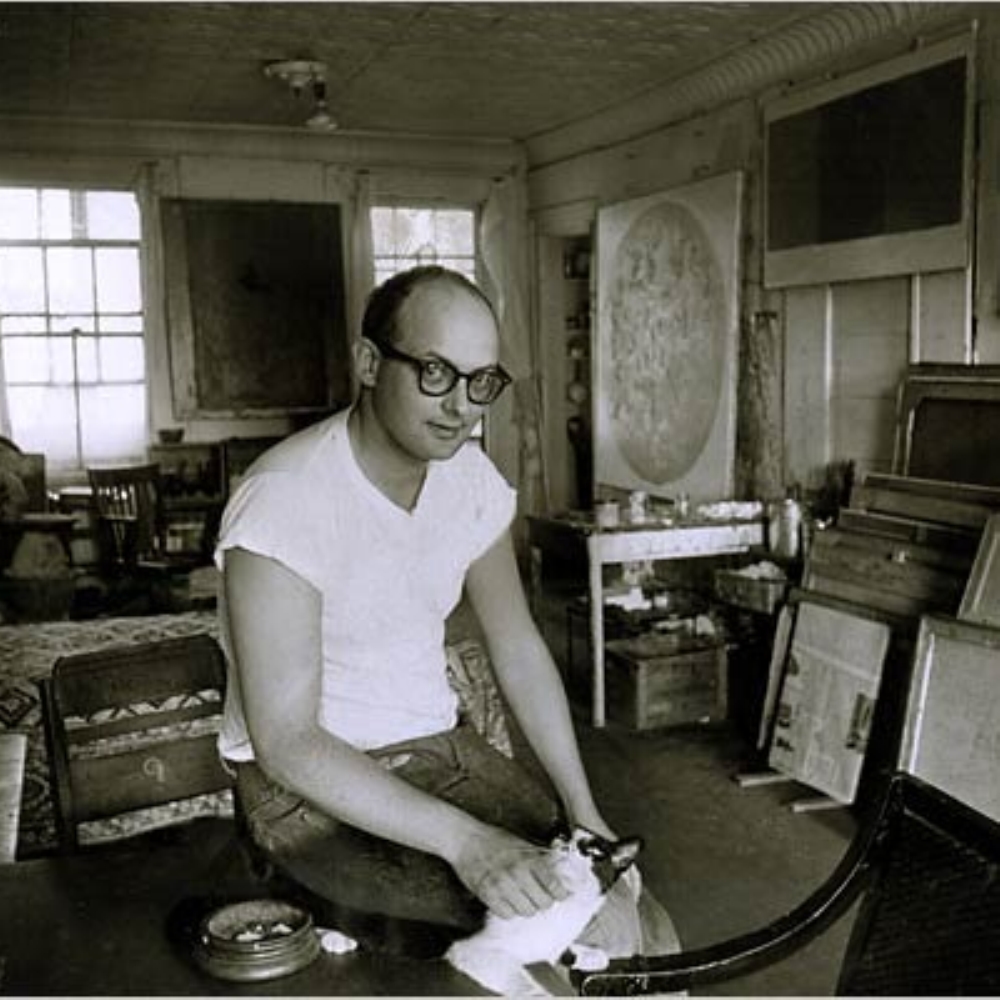

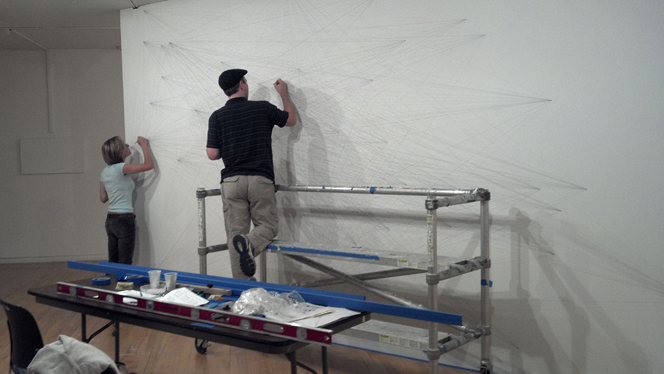
![[CLOSE UP] Monographs of Ed Moses (and the process of his art-making) by Radius Books.](http://oss.adm.ntu.edu.sg/ummi0001/wp-content/uploads/sites/329/2015/09/EDMOSES_1.jpg)
